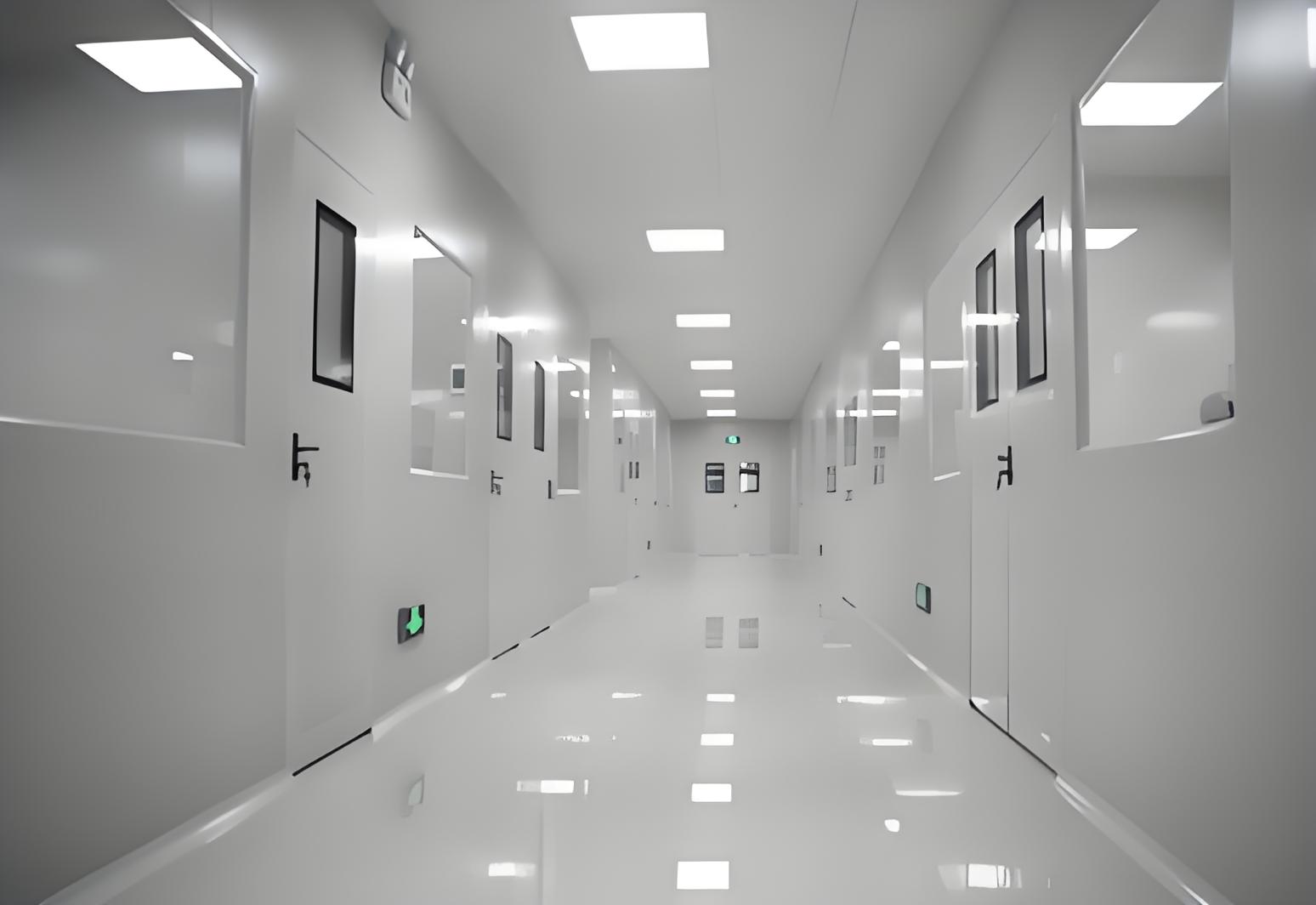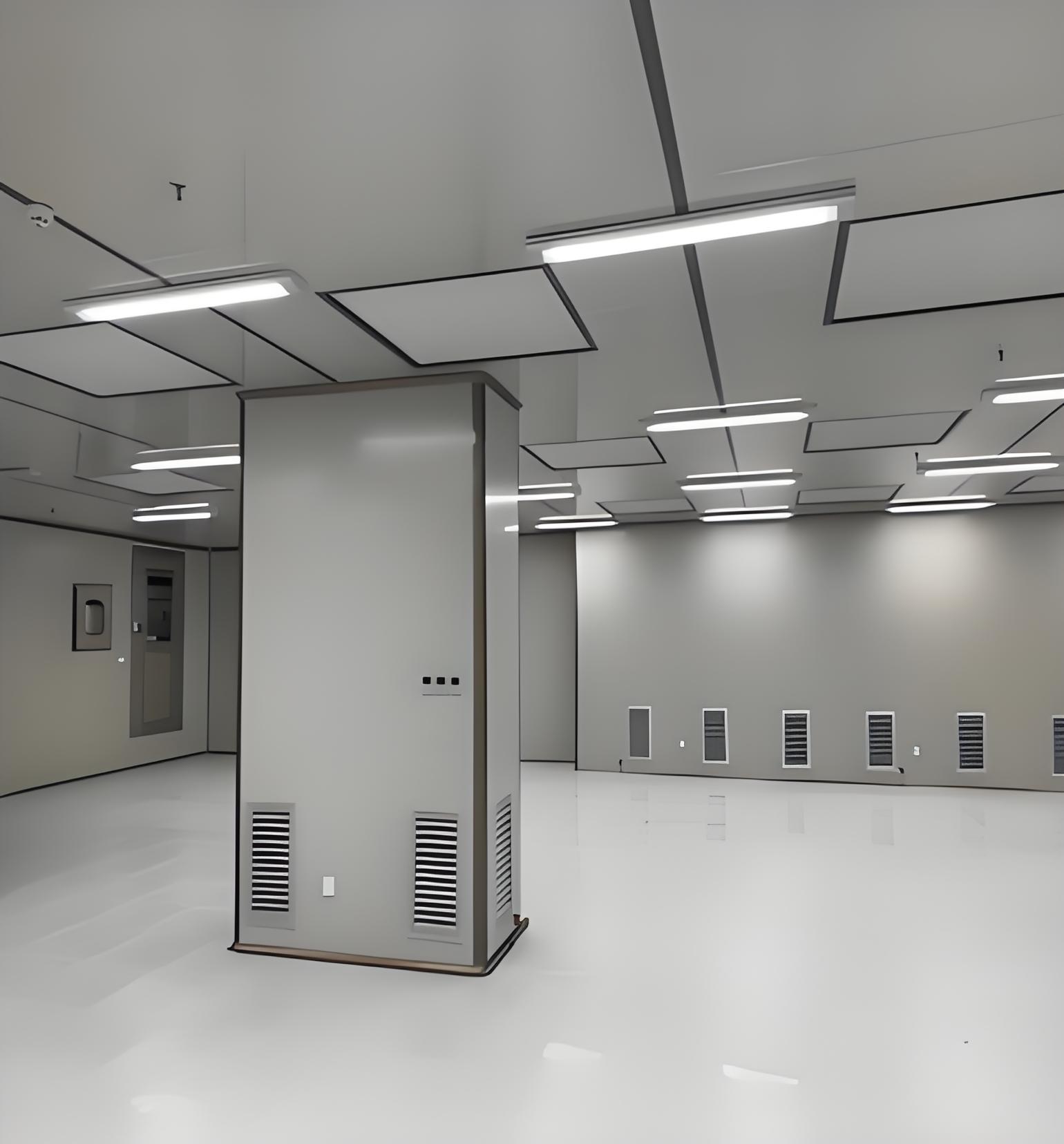




Clean room enclosures are the fundamental building blocks of controlled environments across industries like pharmaceuticals, biotechnology, microelectronics, and aerospace. They are not merely rooms but highly engineered systems designed to maintain strict levels of contamination control for air quality, temperature, humidity, and pressure. The effectiveness of any cleanroom hinges on the integrity and sophistication of its enclosure. This article delves into the critical aspects of clean room enclosures, exploring the core technologies, design principles, and common challenges faced in their implementation.

At its core, a clean room enclosure is the physical structure that defines and seals the controlled environment. It consists of walls, ceilings, floors, doors, windows, and integrated systems that work in concert to isolate the interior from the external surroundings. These enclosures are typically constructed from non-shedding, smooth, and easy-to-clean materials such as powder-coated steel, stainless steel, or rigid plastic panels. The primary goal is to create a barrier that prevents external contaminants from entering while also allowing for the precise control and management of internal conditions through specialized cleanroom containment systems.
The classification of a cleanroom (e.g., ISO Class 5, ISO Class 7) dictates the design and construction rigor of the enclosure. The lower the ISO class number, the cleaner the room must be, requiring more advanced cleanroom isolation technology and tighter sealing of the enclosure to meet particulate count standards.
Cleanroom isolation technology refers to the methods and engineering principles used to separate a critical process or an entire environment from potential sources of contamination. This goes beyond simple physical walls. Modern isolation techniques are integral to the enclosure itself and include:
Physical Barrier Integrity: The walls, ceiling, and floor panels must form a continuous, airtight seal. Gaskets, sealants, and tight-fitting joints are crucial to prevent unfiltered air infiltration.
Airflow Management: This is the heart of isolation. Laminar airflow systems (either vertical or horizontal) are designed to sweep particles away from critical zones and toward return vents. The enclosure is engineered to facilitate this smooth, unidirectional airflow without dead zones or turbulence.
Pressure Differential: Enclosures are designed to maintain a positive or negative air pressure relative to adjacent spaces. Positive pressure keeps contaminants out of a cleaner room, while negative pressure contains hazardous materials within a dirty room. The structure must be airtight enough to sustain these pressure differentials consistently.
Pass-Throughs and Airlocks: These are specialized components of the enclosure that allow for the transfer of materials and personnel without compromising the internal environment. Airlocks (e.g., gowning airlocks, material airlocks) use interlocking doors and purge cycles to "clean" items before they enter the main cleanroom.
The effective application of cleanroom isolation technology ensures that the processes inside the enclosure are protected from people, and people are protected from processes, as seen in potent compound handling.
A cleanroom containment system is the holistic combination of the physical enclosure and the mechanical systems that make it functional. It's the synergy between structure and machinery. Think of the enclosure as the body and the containment system as the circulatory and respiratory systems. Key components of this integrated system include:
HVAC System: Provides filtered air at the correct temperature, humidity, and volume. HEPA or ULPA filters are housed in the ceiling plenum of the enclosure, often within fan filter units (FFUs).
Environmental Monitoring System: Sensors integrated into the enclosure continuously monitor particle counts, pressure differentials, temperature, and humidity, providing real-time data and alerts.
Utilities: Electrical conduits, data ports, gas lines, and water pipes are integrated into the wall systems in a way that maintains seal integrity. Service panels and outlets are designed to be cleanroom-compatible.
Lighting: Sealed, flush-mounted cleanroom lighting fixtures are built into the ceiling grid to prevent particle accumulation and allow for easy cleaning.
A well-designed cleanroom containment system ensures that all these elements work in perfect harmony, maintaining the specified ISO classification reliably and efficiently.

Cleanroom containment engineering is the discipline that applies scientific and engineering principles to the design, construction, and operation of a cleanroom. It's the process that turns a requirement for cleanliness into a functional reality. This phase involves:
Process Flow Analysis: Engineers map the movement of personnel, materials, waste, and product to define the most efficient and contaminant-free layout within the enclosure.
Computational Fluid Dynamics (CFD) Modeling: This software simulates airflow patterns within the proposed enclosure design. It helps predict and eliminate potential turbulence or dead zones before construction even begins, optimizing the cleanroom isolation technology.
Structural and Mechanical Integration: Engineers ensure the enclosure's structure can support the weight of FFUs, lighting, and other utilities while coordinating with mechanical contractors for ductwork, plumbing, and electrical systems.
Regulatory Compliance: Ensuring the design meets all relevant standards and guidelines (e.g., ISO 14644, EU GMP Annex 1, USP <797>) is a critical part of the engineering process.
Effective cleanroom containment engineering mitigates risk, avoids costly design errors, and lays the groundwork for a validated and compliant facility.
Containment system design for cleanrooms is the specific practice of detailing every aspect of the physical and mechanical system. It focuses on the "how" of construction and integration. This design process addresses:
Material Selection: Choosing the right wall and ceiling panel core (e.g., honeycomb, foam) and surface material (e.g., vinyl, stainless steel) based on requirements for cleanability, chemical resistance, and durability.
Modularity vs. Stick-Built: Deciding between prefabricated modular panels (offering flexibility and faster installation) or traditional stick-built construction (which can be more cost-effective for very large, simple spaces).
Component Specification: Detailing every door (sliding, swing, rapid-roll), window (double-paned, acrylic), pass-through chamber, and floor system (raised, vinyl, epoxy resin).
Integration Points: Precisely defining how the enclosure interfaces with the HVAC system, how utilities penetrate panels, and how monitoring sensors will be installed.
A meticulous approach to containment system design for cleanrooms is essential for achieving a leak-tight, robust, and long-lasting clean room enclosure that performs as intended.
Even with the best design and technology, clean room enclosures can face operational problems. Being aware of these common issues is the first step toward prevention and resolution.
Loss of Pressure Differential: This is one of the most frequent issues. It can be caused by leaks in the enclosure (failed seals around doors, windows, or panel joints), an imbalance in the HVAC system, or leaving doors open. This breach compromises the entire cleanroom containment system.
Airflow Imbalances and Dead Zones: Improperly designed or maintained systems can lead to areas within the enclosure with little to no airflow, allowing particles to accumulate. This is often a failure in the initial cleanroom containment engineering or CFD analysis.
Contamination from the Enclosure Itself: Poor material choice or construction can turn the enclosure into a contamination source. This includes shedding from low-quality wall surfaces, particle generation from rusty frames, or microbial growth in moist, inaccessible areas.
Structural and Seal Degradation: Gaskets and seals can dry out, crack, and fail over time. Panels can become misaligned due to building settlement or impact, creating gaps. A rigorous preventative maintenance schedule is required to inspect and maintain the enclosure's integrity.
Utility Integration Leaks: Poorly sealed penetrations for electrical conduits, data lines, or pipes are common points of failure for cleanroom isolation technology, allowing unfiltered air to seep into the environment.
Personnel-Related Contamination: The best enclosure is ineffective if not used properly. Inadequate gowning procedures, rapid movement, and improper use of airlocks and pass-throughs are major sources of contamination that the enclosure is designed to mitigate but cannot eliminate.
Clean room enclosures are far more than four walls and a ceiling. They are sophisticated, integrated systems built upon advanced cleanroom isolation technology and precise cleanroom containment engineering. A successful project requires a holistic view that treats the cleanroom containment system as a single entity, from the initial containment system design for cleanrooms to daily operation and maintenance. By understanding the technology, the design principles, and the common pitfalls, engineers and facility managers can ensure their clean room enclosures provide the reliable, high-performance controlled environment that modern precision manufacturing and research demand.